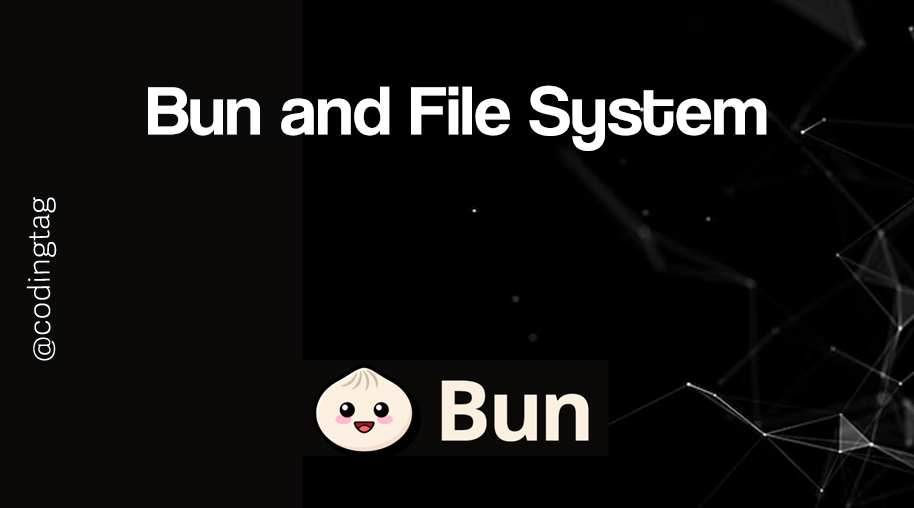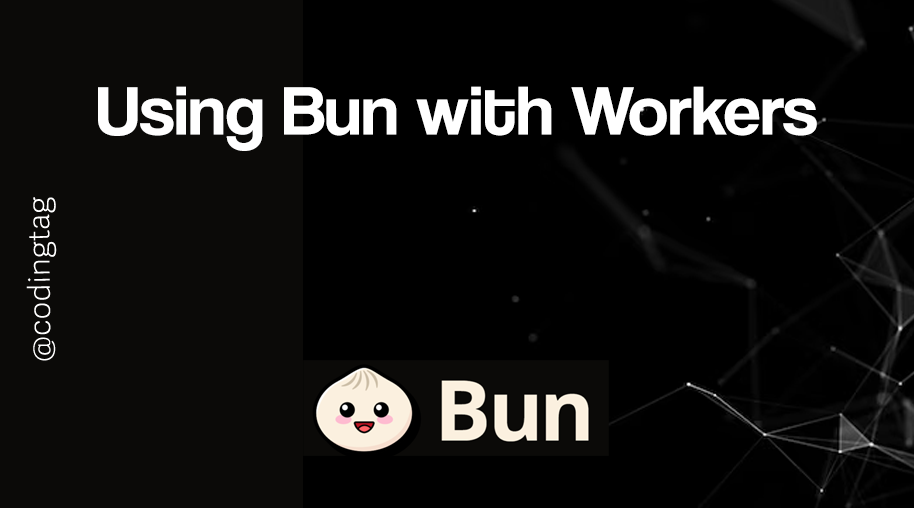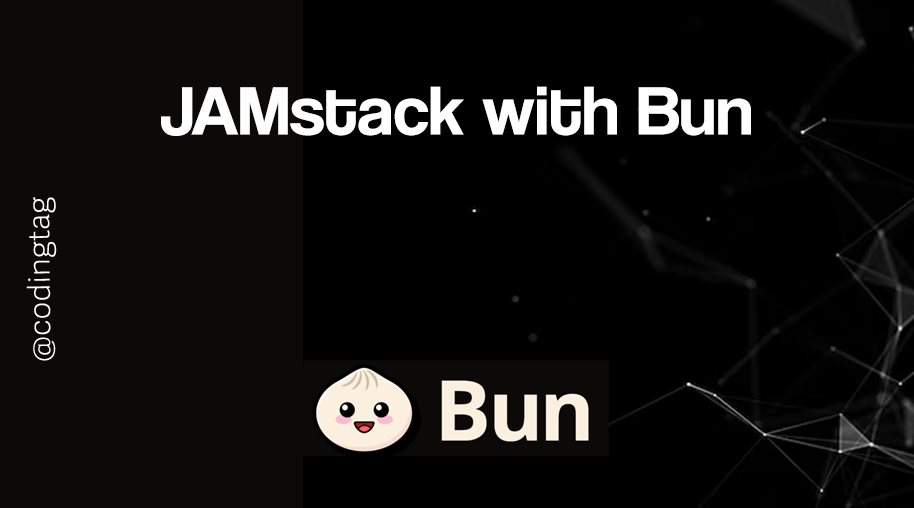Handling Large Data in Bun
0 834
🧠 Introduction to Handling Large Data in Bun
Processing large datasets in JavaScript-based backends can be tricky — especially when you’re juggling memory limits, performance, and I/O bottlenecks.
Fortunately, Bun comes with a high-performance runtime that makes handling large files, data streams, and compute-heavy tasks smoother and faster than ever.
⚡ Why Bun Excels with Large Data
- 🚀 Native speed: Bun is built in Zig, and it compiles your JS for near-native performance.
- 💾 Efficient I/O: Bun handles file streams and buffers with less overhead than Node.js.
- 🧵 Async by design: Great support for asynchronous file and data operations.
- 🧹 Low GC pause: Bun manages memory efficiently even with big objects.
📁 Streaming Large Files
When dealing with files larger than RAM (like CSVs, logs, videos), streaming is your best friend.
Here’s how to stream a big file in Bun:
// stream.ts
const file = Bun.file("huge-data.txt");
const stream = file.stream();
const reader = stream.getReader();
while (true) {
const { done, value } = await reader.read();
if (done) break;
const chunk = new TextDecoder().decode(value);
console.log("📦 Chunk received:", chunk.length);
}
This method keeps memory usage low by processing chunks, not the entire file.
🧮 Processing Big JSON Files
Trying to JSON.parse() a 200MB file? Not smart. Instead, use chunked processing or line-based reading for NDJSON:
// json-stream.ts
const file = Bun.file("data.ndjson");
const stream = file.stream();
const reader = stream.getReader();
let buffer = "";
const decoder = new TextDecoder();
while (true) {
const { done, value } = await reader.read();
if (done) break;
buffer += decoder.decode(value);
const lines = buffer.split("\n");
buffer = lines.pop() || "";
for (const line of lines) {
try {
const obj = JSON.parse(line);
console.log("✅ Parsed object:", obj.id);
} catch {
console.log("❌ Corrupt line skipped");
}
}
}
This way, you never hold the entire file in memory at once.
🗃️ Buffer Handling for Binary Data
For binary or structured data like images or telemetry packets, use ArrayBuffer or Uint8Array:
// binary-handler.ts
const buffer = await Bun.readableStreamToArrayBuffer(Bun.file("raw-data.bin").stream());
console.log("🔍 Total bytes:", buffer.byteLength);
const view = new DataView(buffer);
console.log("📍 First byte:", view.getUint8(0));
Direct buffer access ensures zero overhead and better control over binary data formats.
🧵 Using Bun.spawn for Parallel Tasks
Large data processing can often benefit from multi-process strategies. Use Bun.spawn to run heavy operations in separate processes:
// worker.ts (child process logic)
console.log("📣 Child received:", Bun.argv.slice(2).join(" "));
// main.ts
await Bun.spawn(["bun", "worker.ts", "ProcessThisBigChunk"], {
stdout: "inherit",
stderr: "inherit"
});
Use this method to process large data in parts without blocking your main application.
📊 Chunking Large Arrays
Working with huge arrays? Always chunk them.
Here’s a quick utility for chunking:
// chunk.ts
function chunkArray(arr, size) {
const result = [];
for (let i = 0; i < arr.length; i += size) {
result.push(arr.slice(i, i + size));
}
return result;
}
const bigArray = [...Array(100000).keys()];
const chunks = chunkArray(bigArray, 10000);
for (const c of chunks) {
console.log("📦 Processing chunk:", c.length);
}
This avoids timeouts and keeps the UI responsive or service responsive under pressure.
🔄 Async Pipelines for ETL Tasks
For ETL (Extract-Transform-Load) style processing, use pipelines of async functions to keep logic clean and non-blocking:
// etl.ts
async function extract() {
const file = Bun.file("data.csv");
return file.stream();
}
async function transform(stream) {
const reader = stream.getReader();
const decoder = new TextDecoder();
while (true) {
const { done, value } = await reader.read();
if (done) break;
const lines = decoder.decode(value).split("\n");
for (const line of lines) {
if (line) yield line.toUpperCase();
}
}
}
async function load(data) {
for await (const record of data) {
console.log("📤 Uploading:", record);
}
}
const dataStream = await extract();
await load(transform(dataStream));
Modular and scalable for even massive files.
🧾 Final Thoughts
Handling large data in Bun isn’t just possible — it’s efficient and elegant. With its low-level access to streams, buffers, and processes, Bun gives you the tools to build powerful backends that can chew through big data with ease.
Whether you're building ETL pipelines, processing logs, or streaming terabytes of telemetry, Bun has your back. Stay fast, stay lean — and let Bun do the heavy lifting. 🏋️♂️
If you’re passionate about building a successful blogging website, check out this helpful guide at Coding Tag – How to Start a Successful Blog. It offers practical steps and expert tips to kickstart your blogging journey!
For dedicated UPSC exam preparation, we highly recommend visiting www.iasmania.com. It offers well-structured resources, current affairs, and subject-wise notes tailored specifically for aspirants. Start your journey today!

Share:







Comments
Waiting for your comments